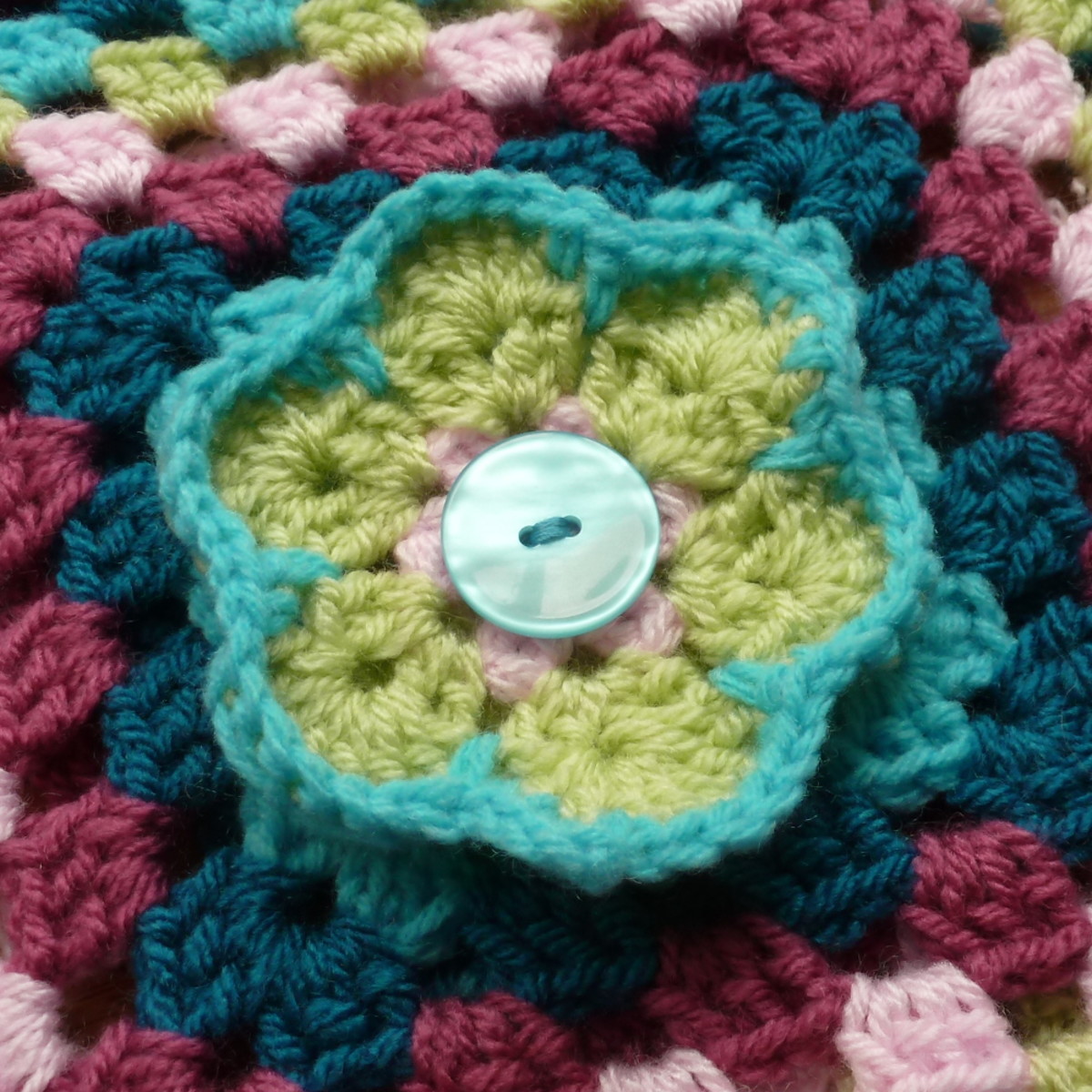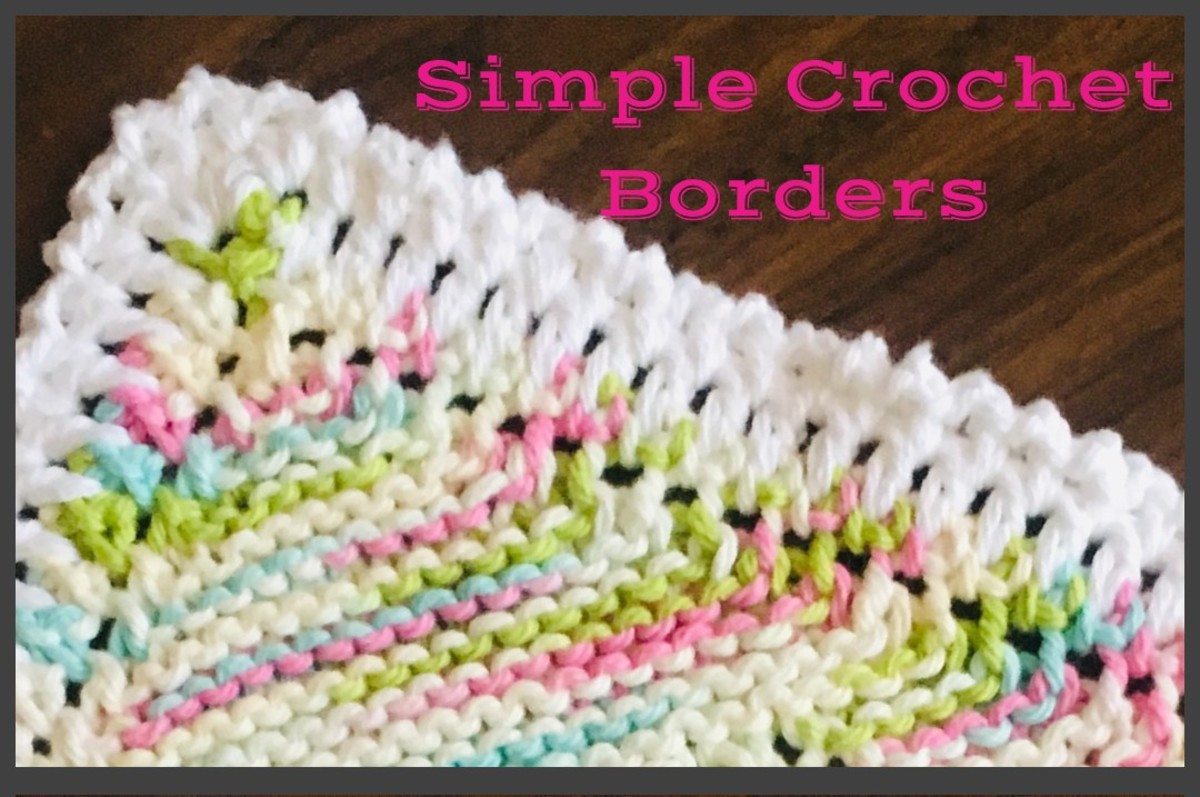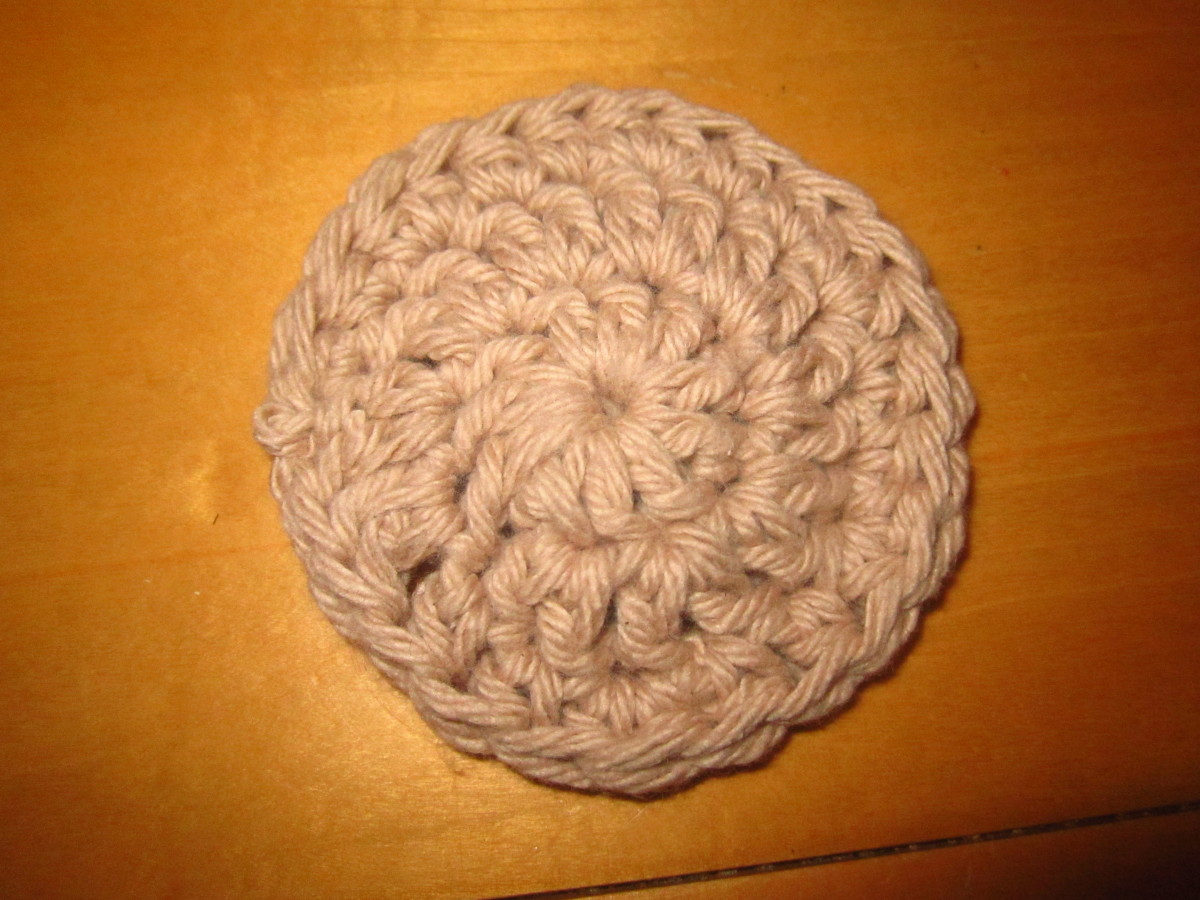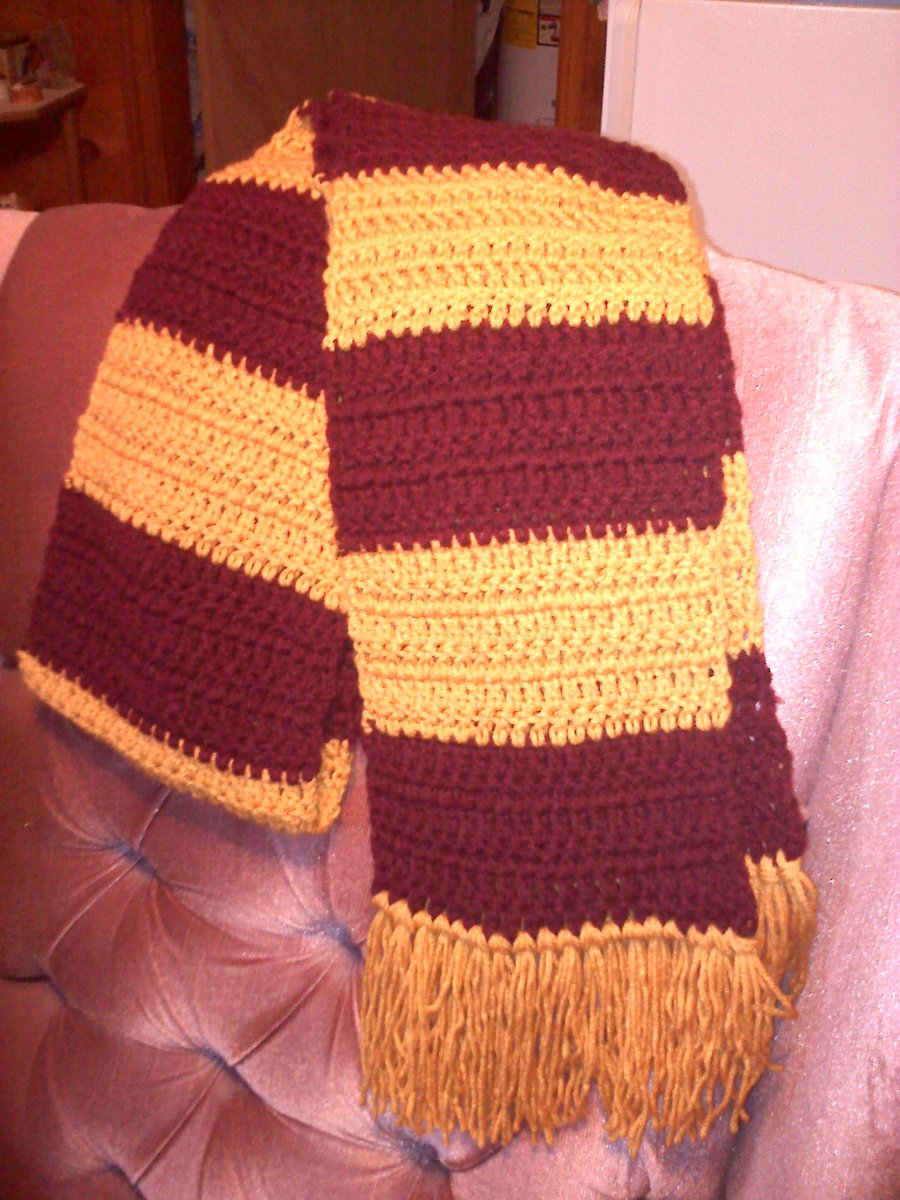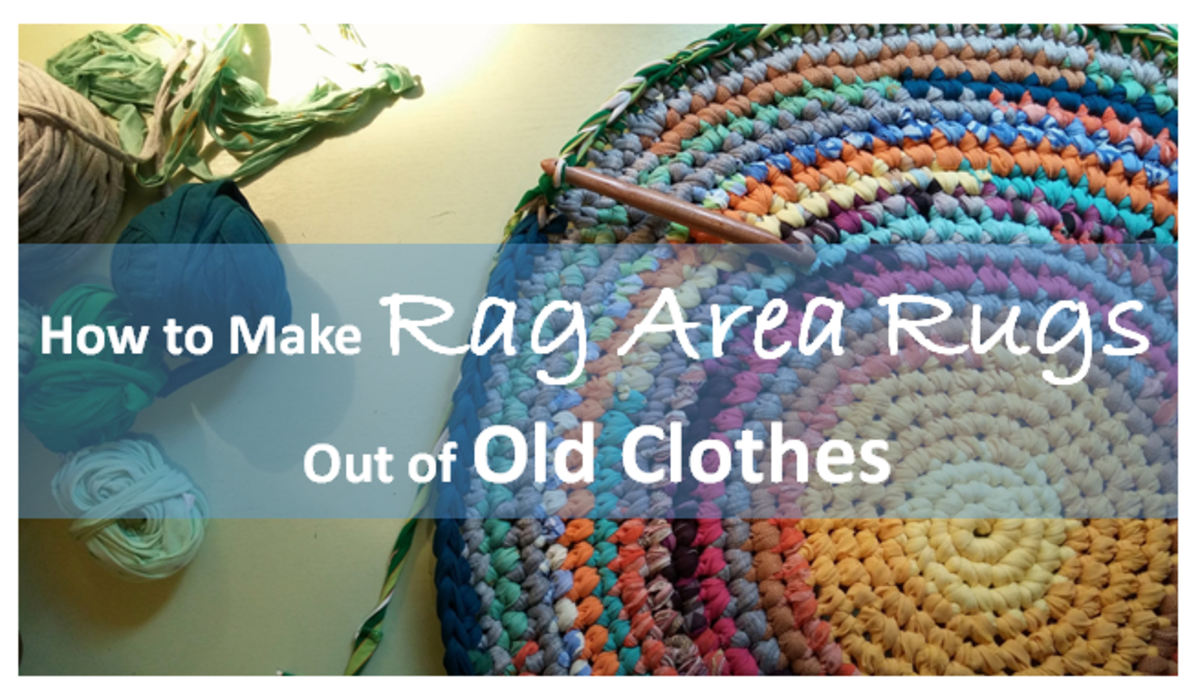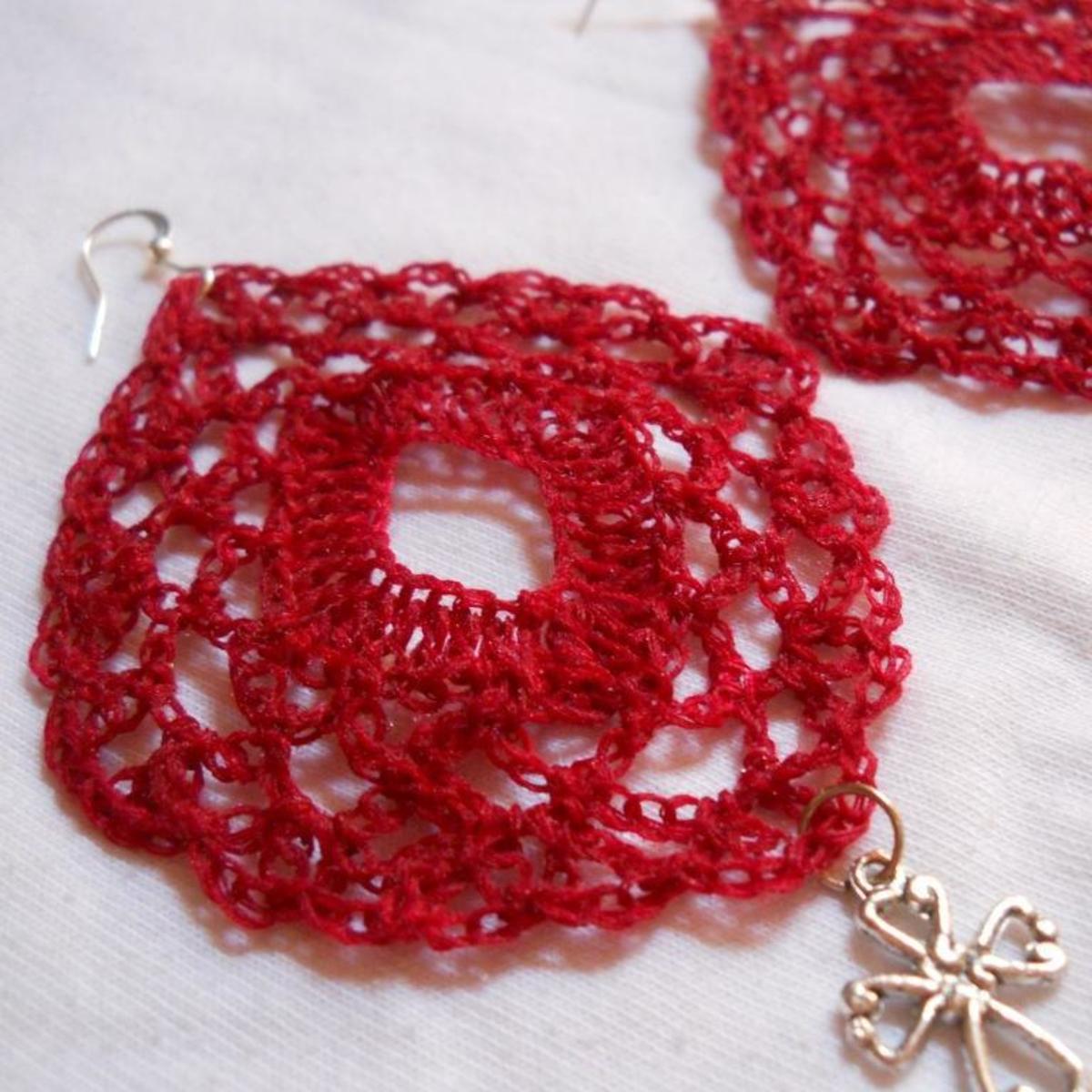- HubPages»
- Arts and Design»
- Crafts & Handiwork»
- Textiles
Beginners Guide to Crochet
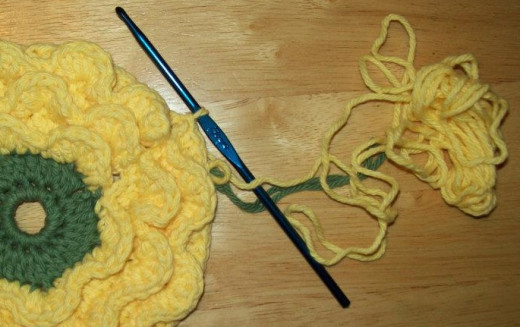
A Brief History of Crochet
Crochet is one of the newest members of the needle crafting family. Believed to have started some time in the late 1700's to early 1800's as a variant on Tambour Embroidery originating in France. The first pattern for crochet lace was published in the Dutch magazine Pénélopé in 1824, and crochet became a way for poor peoples to make money. Such as the case for Ireland during the Great Irish Famine, their crocheted lace became popular especially in England and America, keeping the Irish people from starving. Later, crochet expanded from lace to garments, linen and cotton being the preferred fiber for lace and wool for clothing.
There are some who say that crochet existed earlier, however there has been no archaeological evidence to back up this claim. Today, people all over the world enjoy crocheting and many different items are being made such as jewelry, toys, and everything in between.
In my opinion, crochet is one of the easiest fiber arts to learn and the quickest to produce results. With only 1 hooked needle and a ball of yarn required, materials are easy to deal with and pretty compact. I will take you through what you need to get started in crochet and the beginnings of making your first piece of crocheted fabric.
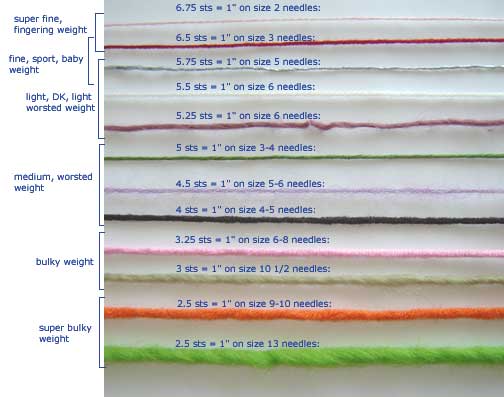
Materials: Yarn
Yarn comes in many colors, fibers, and sizes. Fibers range from the extremely organic to human synthetics. Organics include: Cotton, linen, bamboo, wool, hemp, alpaca, silk and more. Synthetics include: Acrylic, rayon, nylon, elastic, etc. Often times you will find more than one kind of fiber in a yarn. Sock yarn for instance usually has a combination of wool and elastic which allows the finished sock to cling to your foot and leg for maximum comfort and fit.
There are many widths of yarn too, ranging from the smallest (usually used for socks) called sport weight, worsted weight(which is your standard size), Bulky, and Super Bulky. Smaller yarns exist, however they are called crochet thread and are mostly used for making lace. Also there are some really bulky yarns out there as well, not to mention you can combine several yarns to get the thickness you desire to achieve a look you have in mind.
Fiber color and size are not the only things that dictate a yarns character. There are what you call 'art yarns' which have what I like to call 'designed imperfections'. This includes eyelash yarn, yarns that go from being worsted to super bulky all in one strand, and even yarns with several colors called calico yarns. Later I will discuss how to choose the correct yarn to achieve the desired result. Next...lets talk about hooooooks...
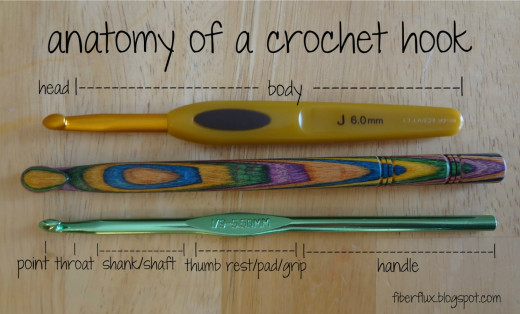
Materials: Crochet Hook(Needle)
The tool that makes it happen is the Crochet Needle, which is composed of a hooked end or point, throat(the part that connects the point to the shaft), shaft, thumb rest, and handle. The shaft and handle represent the true diameter of the needle. Needle sizes are measured in millimeters and in the US the measurement is then transferred to a letter, number, or letter/number combo. For example: 2.25mm needle translates to a size B/or 1 and a 19mm needle is represented by the letter S(no number assigned).
Crochet Needles come in many different material choices and each material adds a different experience to crochet. I will get into this a little more in minute. The most common choices of materials are acrylic, aluminum, steel, bamboo, and other woods such as rosewood. The thinnest hooks are made from steel and range from 0.75mm or size14 with their largest size 3.5mm/00 overlapping up to the standard size E. Each material has its perks and its draw backs, but it ultimately comes down to what you find you are most comfortable with.
Yarn vs Crochet Needle
So here we will get into choosing your yarn and the needle to accompany it. You will find that each type of yarn has a smoothness or roughness to it, and the same with your crochet needles. Silk yarn is really smooth and glides well on most needles. However, there is such a thing as too much glide to the point of uncontrollable which can cause a lot of frustration while working.
Say you choose silk yarn and an aluminum needle, the lack of friction between the yarn and needle will cause the yarn to slip off the needle. Although you may not loose your place and can continue, the constant yarn slipping of the needle can be frustrating and annoying. So if you choose a silk yarn, you may want to use a bamboo or wooden crochet needle to provide enough friction to allow you some control over the yarn. Now once you get a few crochet stitches under your belt and want to work faster, you can choose the aluminum needle and the lack of friction can allow you to work at an accelerated pace. But for beginners, I recommend the bamboo/wood for silk.
The same principle applies to rough yarns. If you have a wool yarn you may want to use acrylic or aluminum to reduce the friction of the wool fibers. If you use a bamboo needle, the friction may be too great and the yarn would not glide efficiently. So I recommend trying different combos to see what you are most comfortable with. Remember, you don't have to finish with the same needle you started with.
Size Matters...
The width of the crochet needle and the thickness of the yarn create your stitch gauge. No matter if you have thin or thick yarn, the smaller the width of the needle the smaller the gauge, which creates a stiff piece of crocheted fabric. Larger needles create a loose open stitch, or larger gauge, this often is seen as netting. The smaller gauge stitch can be used for the brim of a hat you are making, whereas a larger gauge is great for making a hammock.
So, thick yarn + small needle = small stitch and stiff fabric. Thin yarn + large needle = large, open stitch and loose netting like fabric. And of course there are all the variations in between.
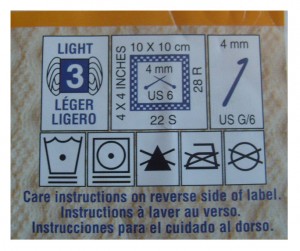
Reading Yarn Labels
Luckily, most yarn labels already list the recommended crochet hook size that will give you an average gauge stitch. It will also include knitting needle size, fiber content, yarn weight, and laundering instructions.
Beginning to Crochet
Now that you have your basic information about the materials needed for crochet you can start to crochet your first swatch of fabric. Your first step is to learn how to make a slip knot onto the crochet hook, make chain stitches to start the first row, and the single crochet stitch. Below are two videos that can get you started and are full of information. For those of you who like read directions or may not be able to play videos, the following links will direct you to some sources who have already gone through the trouble of writing them out.
- Lion Brand's Learn to Crochet
- About.com's Crochet for Beginners
- Craft Yarn Council's Learn Single crochet
You can also purchase a book of crochet patterns. Almost every crochet book has the directions on how to crochet in the beginning or back of the book.
If you prefer someone showing you how to do all this in the flesh then I recommend finding a yarn-centric arts and crafts group in your area to join. You will have no problem finding someone in a group like that who will gladly teach you the ropes of crochet.
My Favorite Crochet Book
Have Fun!
Remember, as with anything you are new at, you are going to make mistakes. It may be frustrating starting that first single crochet row into your chain stitches, but you will get it right with perseverance and practice. Just remember to have fun and when you get that single crochet stitch down, it's only a matter of time before you have done your first scarf!
Happy stitching!




